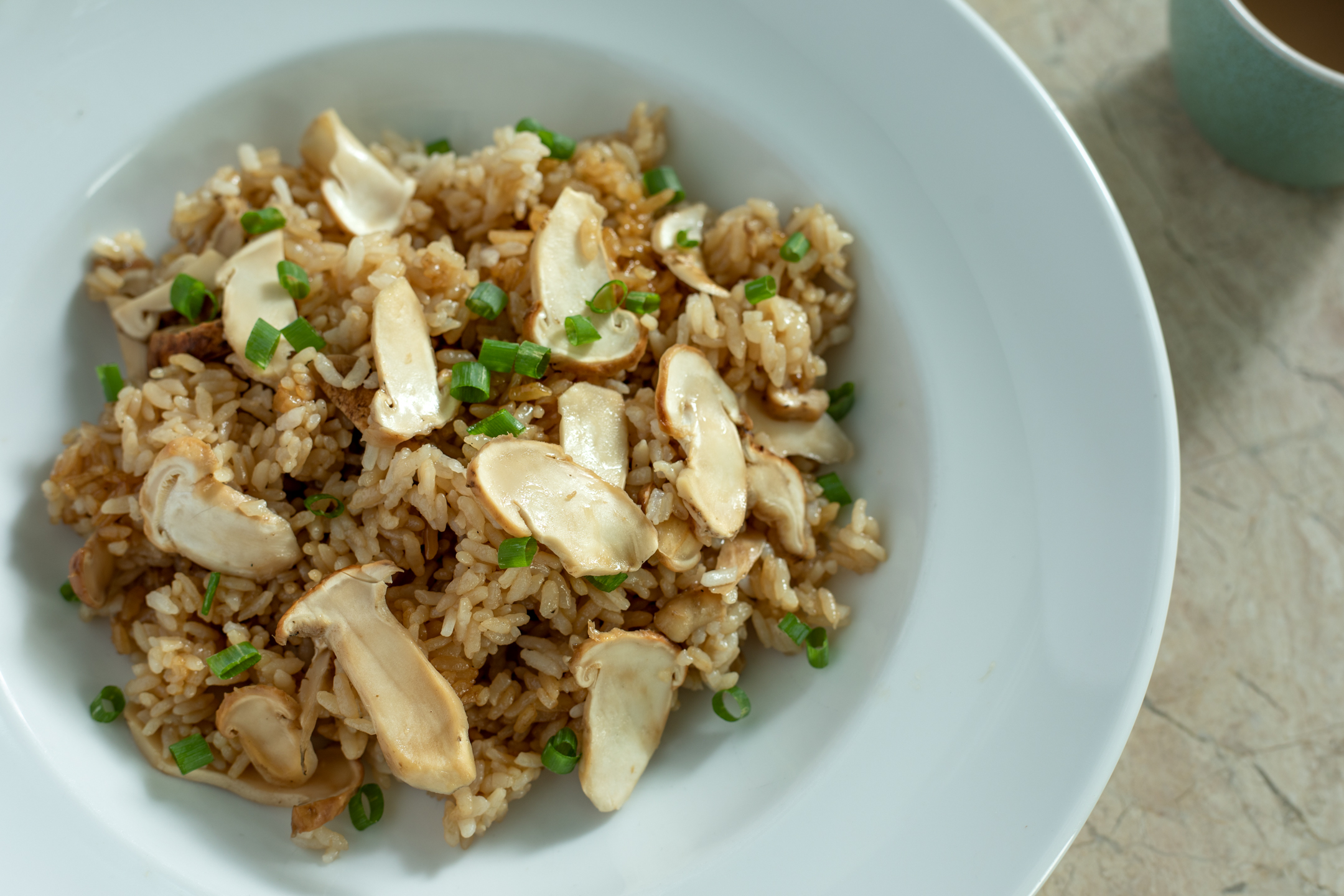Matsutake rice, with its distinct aroma and cultural significance, has become a culinary treasure. In this article, we will dive deep into the roots of matsutake rice, exploring its origin story, characteristics, harvesting practices, culinary journey, health benefits, and much more.
I. Introduction
A. Definition of Matsutake Rice
Matsutake rice, also known as pine mushroom rice, is a unique variety of rice cultivated in the presence of Matsutake mushrooms. The rice absorbs the rich aroma and flavors of these mushrooms during the cultivation process, resulting in a one-of-a-kind culinary experience.
B. Cultural Significance
Embedded in the cultural fabric of certain societies, matsutake rice is not just a staple; it is a symbol of tradition, celebrations, and community gatherings.
II. The Origin Story
A. Historical Roots
The roots of rice trace back centuries, with historical records showcasing its presence in ancient rituals and feasts. Its association with prosperity and fertility has made it a sought-after ingredient in various cultures.
B. Geographical Distribution
Matsutake rice is predominantly cultivated in specific regions, with the ideal climate and soil conditions contributing to its unique flavor profile. Understanding the geographical distribution adds to the mystique of this culinary delight.
III. Characteristics of Matsutake Rice
A. Appearance and Aroma
The visual allure of rice is complemented by its distinctive aroma, evoking a sensory experience that transcends the ordinary. The grains, infused with the fragrance of Matsutake mushrooms, become a canvas for culinary creativity.
B. Culinary Uses
From traditional dishes to modern culinary experiments, matsutake rice offers versatility in the kitchen. Its ability to enhance the overall flavor profile of a dish makes it a favorite among chefs and home cooks alike.
IV. Harvesting Season
A. Ideal Conditions
Matsutake rice thrives in specific environmental conditions. Exploring the ideal settings for cultivation sheds light on the intricate relationship between nature and this remarkable rice variety.
B. Traditional Harvesting Practices
Harvesting rice involves time-honored practices passed down through generations. The cultural significance of these practices adds an extra layer of appreciation for the journey from field to table.
V. The Culinary Journey
A. Popular Matsutake Rice Recipes
From aromatic rice bowls to sophisticated risottos, rice lends itself to an array of culinary creations. Delving into popular recipes showcases the diverse ways this rice variety can elevate a dish.
B. Culinary Traditions
Certain cultures have specific traditions associated with Matsutake rice, incorporating it into rituals, festivals, and family gatherings. Exploring these traditions offers a glimpse into the cultural tapestry woven around this rice.
VI. Health Benefits
A. Nutritional Value
Rice not only tantalizes the taste buds but also packs a nutritional punch. Understanding its nutritional value adds a health-conscious dimension to the appreciation of this culinary gem.
B. Medicinal Properties
In traditional medicine, Matsutake mushrooms, and by extension, rice, are believed to possess medicinal properties. Unraveling these aspects adds depth to the understanding of the rice’s role in holistic well-being.
VII. Environmental Impact
A. Sustainable Harvesting Practices
As global awareness of sustainable practices grows, exploring how rice cultivation aligns with eco-friendly principles becomes essential. The delicate balance between supply and demand necessitates sustainable harvesting practices.
B. Conservation Efforts
The unique ecosystems where Matsutake mushrooms thrive require conservation efforts. Examining ongoing initiatives to protect these environments sheds light on the broader environmental impact of rice cultivation.
VIII. Challenges and Threats
A. Overharvesting Concerns
The popularity of rice has raised concerns about overharvesting. Understanding the challenges associated with meeting demand while preserving the delicate balance of nature is crucial for the future of rice.
B. Climate Change Impact
Climate change poses a threat to the delicate ecosystems where Matsutake mushrooms flourish. Exploring the potential impact of climate change on rice cultivation underscores the need for proactive measures.
IX. Matsutake Rice in Popular Culture
A. Symbolism
Matsutake rice transcends its culinary role to become a symbol in various cultural contexts. Examining its symbolism provides insights into the deeper cultural meanings associated with this rice.
B. References in Art and Literature
From paintings to poems, rice has inspired artists and writers alike. Exploring these references in art and literature adds an artistic dimension to the appreciation of rice.
X. Global Trade and Commerce
A. Economic Significance
The economic impact of rice extends beyond local communities. Analyzing its economic significance in the global market reveals the intricate web of trade and commerce woven around this rice variety.
B. Export and Import Trends
Understanding the global flow of Matsutake rice from producers to consumers provides a broader perspective on its



